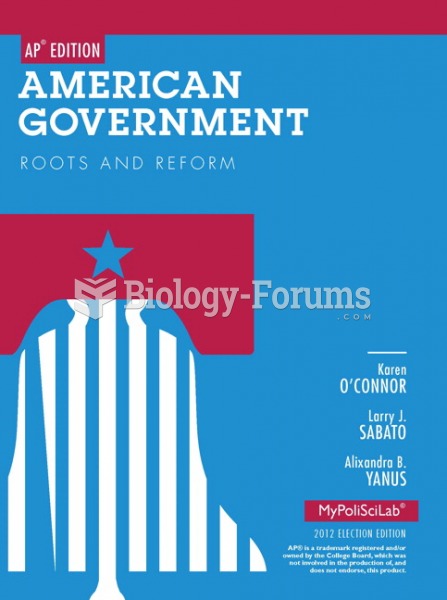Answer to Question 1
The Catholic Reformation sought to restore the integrity of the Church and win back worshippers who had become Protestants. The Jesuits played an important role in this Reformation, and emphasized two elements: mysticism and militant religious zeal. The first emphasized the personal and intuitive experience of God, while the second involved an attitude of unquestioned submission to the Church as the absolute source of truth. Among others, Jesuit efforts led to a global expansion of Catholicism, and infused the arts of the sixteenth and seventeenth centuries.
In literature, there appeared a new emphasis on heightened spirituality and on personal visionary experience. Mysticism became a popular theme, as in Teresa of Avila's Visions, in which physical suffering evokes psychic bliss. She describes her union with the divine, couched in the language of erotic desire and fulfillment.
In Italy and Spain, the visual arts incorporated the ideals of the Catholic Reformation. Mannerism, a style characterized by virtuosity in execution, artificiality, and affectation, became a vehicle for the spiritual upheavals of its time. Mannerist artists brought a new level of inventive fantasy and psychological intensity (bordering on disquiet) to otherwise traditional subject matter. The traits of the Mannerist style can be seen best in the Madonna of the Long Neck by Parmigianino. In this work, the traditional subject of Madonna and Child is given a new mood of theatricality. The Mannerist style is also exemplified in the work of El Greco. With the inward eye of a mystic, he produced visionary canvases marked by bold distortions of form, dissonant colors, and a daring handling of space. His elongated and flamelike figures, often highlighted by ghostly whites and yellow-grays, seem to radiate halos of lightauras that symbolize the luminous power of divine revelation.
Answer to Question 2
After the Catholic Reformation, the religious zeal of the reformers inspired a tremendous surge of artistic activity, especially in Italy and Spain. In Venice and Rome, the centers of Italian cultural life, the clarity and order of High Renaissance art gave way to the visual eccentricities of Mannerism (from the Italian maniera, meaning style). Coined in the twentieth century, the term Mannerism describes a style characterized by virtuosity in execution, artificiality, and affectation. Flourishing between ca. 1520 and 1610, Mannerism became a vehicle for the spiritual upheavals of its time. Mannerist artists brought a new level of inventive fantasy and psychological intensity to otherwise traditional subject matter. Their works mirrored the self-conscious spirituality and deep insecurity generated by Europe's religious wars and political rivalries.
The baroque style, which flourished between roughly 1600 and 1750, brought heightened naturalism and a new level of emotionalism to Western art. Derived from the Portuguese word barocco, which describes the irregularly shaped pearls often featured in ornamental European decoration, the term baroque is associated with such features as ornateness, spatial grandeur, and theatrical flamboyance. In painting, the baroque is characterized by asymmetric compositions, strong contrasts of light and dark, vigorous brushwork, and bold, illusionistic effects. A synthesis of the artspainting, sculpture, and architecturepromote d the ambitions of sacred and secular alike.







